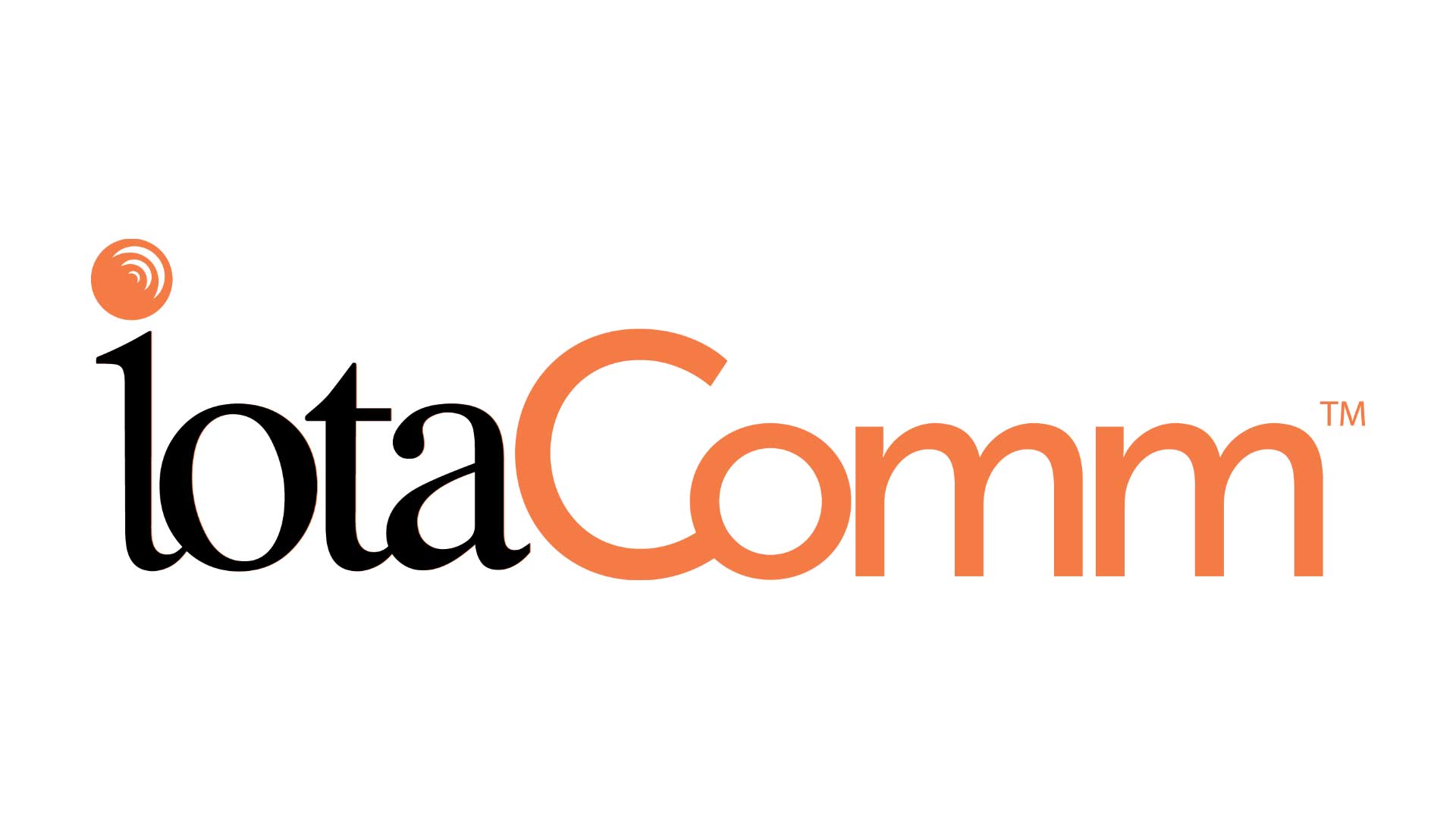In the rapidly evolving educational landscape, the integration of technology in school buildings is not just about staying current; it’s about ensuring the safety, efficiency, and overall well being of students and staff. Smart building solutions, particularly Occupancy Monitoring, are at the forefront of this transformation, offering schools an opportunity to enhance safety procedures and streamline operations.
Transforming Safety Procedures with Occupancy Monitoring
The primary concern for any educational institution is the safety of its students and staff. Occupancy Monitoring technology stands as a pivotal tool in this regard. By providing real-time data on the number of individuals in a building or specific area, schools can swiftly respond to emergencies.
In situations like fire drills or actual emergencies, knowing the exact number of occupants in various sections of the school can be lifesaving. This technology eliminates the guesswork and time-consuming headcounts, enabling quicker, more organized evacuations or lockdowns.
Moreover, in the unfortunate event of an emergency, such as an intruder on campus, Occupancy Monitoring allows for a more strategic and informed response from school authorities and law enforcement. It provides them with crucial data about where students and staff are located, enhancing the effectiveness of their protective measures.
Enhancing Everyday School Operations
Beyond emergency situations, Occupancy Monitoring has practical applications in day-to-day school management. This technology can optimize the use of school resources. For instance, understanding the usage patterns of different areas within the school, like the library, cafeteria, or gymnasium, can help in efficient scheduling and utilization of these spaces.
This data-driven approach extends to energy management as well. Schools can use occupancy data to regulate lighting, heating, and cooling systems, reducing energy consumption and costs. In classrooms not in use, systems can automatically adjust, leading to significant energy savings and contributing to the school’s sustainability goals.
Fostering an Environment Conducive to Learning
The learning environment plays a crucial role in student performance. By maintaining optimal conditions through smart building technologies, schools can create an environment that is not only physically comfortable but also conducive to learning. Monitoring indoor air quality, for instance, ensures that students are learning in a healthy environment, which research has shown can improve cognitive function and reduce absenteeism.
Building a Connected and Informed Community
Smart schools are not just about the students and staff within their walls. These technologies also offer an opportunity to engage and inform the broader school community. Sharing data on air quality and building occupancy with parents and educators fosters transparency and trust. It reassures them that the school is not only a place of learning but also a safe, healthy, and efficiently managed environment.
Preparing Students for a Tech-Driven Future
Integrating smart technologies in schools does more than just enhance safety and efficiency; it also prepares students for a future where technology is seamlessly woven into daily life. By experiencing these technologies firsthand, students become more adept at navigating and understanding the digital world they will enter into as adults.
The adoption of smart building solutions like Occupancy Monitoring in schools is a testament to how technology can be harnessed for the greater good. These innovations are transforming schools into safer, more efficient, and more sustainable environments. They are not only enhancing educational experiences but also setting a standard for how institutions can leverage technology for the wellbeing of their communities. As we continue to embrace these advancements, the future of education looks brighter, smarter, and more secure.

